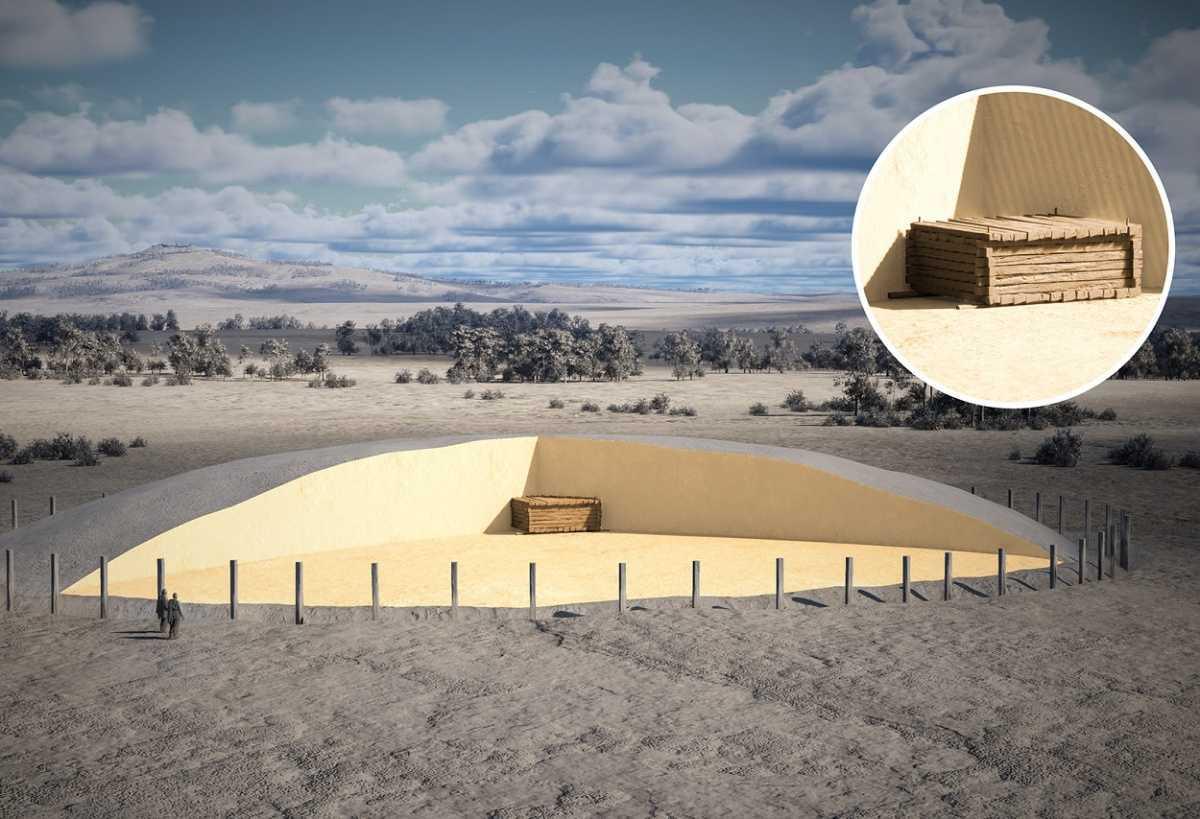Archaeologists from the State Office for Monument Preservation in the Stuttgart Regional Council (LAD) have uncovered a rare example of a preserved Iron Age chamber tomb during excavations in the Danube plain near Riedlingen, Germany.
The chamber tomb is situated at the centre of a large monumental burial mound that originally stood 6 metres tall with a diameter of 65 metres. According to the archaeologists, this type of mound belongs to the group of so-called princely burial mounds that was reserved for high-ranking elites in Celtic society between 620 and 450 BC.
"The newly discovered burial chamber is an outstanding testimony to our rich monument landscape. It is still completely intact 2,600 years after it was created," said State Secretary in the Ministry for Regional Development and Housing in Baden-Württemberg Andrea Lindlohr MdL.
Excavations of the mound revealed a solid oak built wood chamber preserved at a depth of 70 centimetres beneath the surface The finding is quite unique in archaeology, as normally organic remains only survive for a few years or decades unless the soil conditions are waterlogged or contain high levels of alkaline that prevents microorganisms breaking down organic matter.
The chamber is approximately 3.40 metres wide by 4.05 metres in length, and oriented roughly north-south. Three oak planks placed upright make up each of the chamber walls and are interlocked at the corners.


